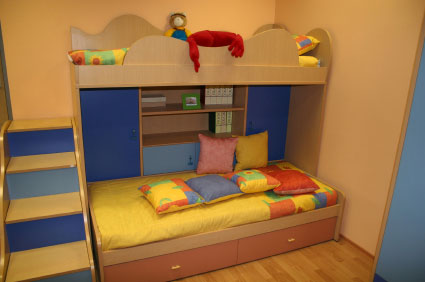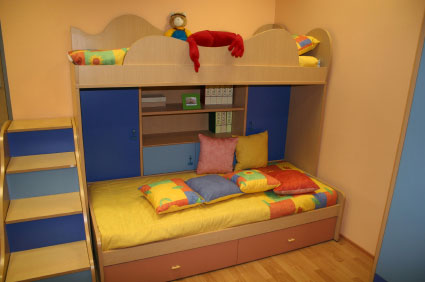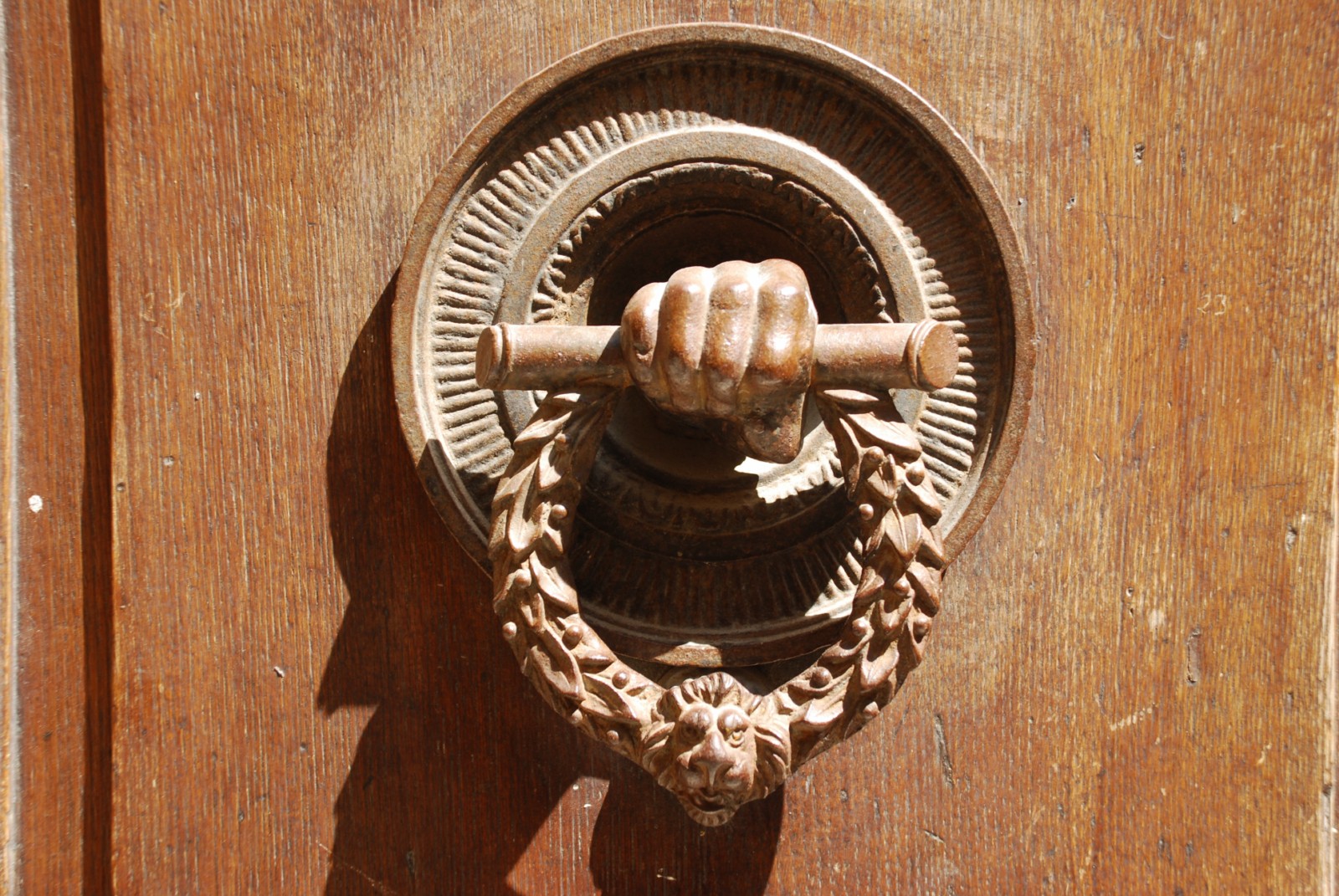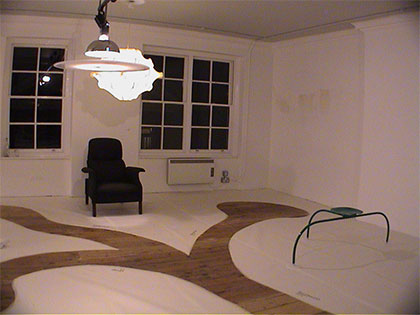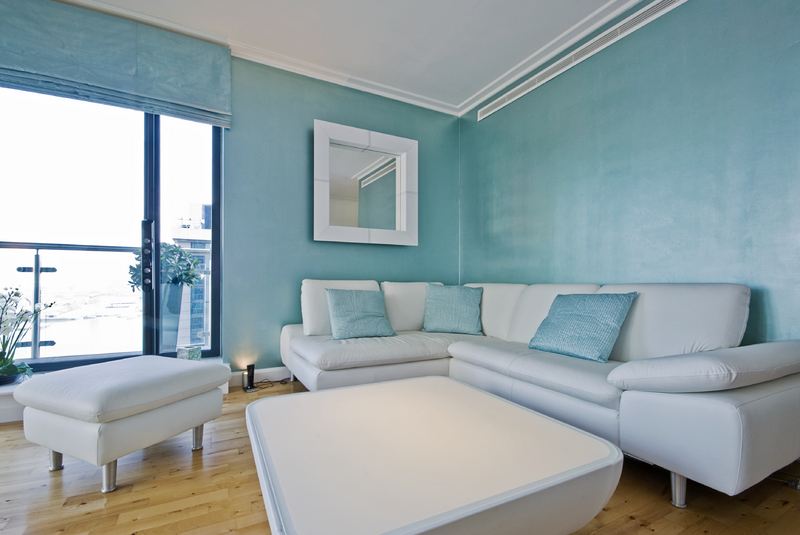Coming up with new ideas for your child’s room, let alone putting
them into action, can seem overwhelming. But Errol Hendrickse, an interior
designer on GMTV’s popular Hand Over Your House series and one of TV’s
hottest new interior designers, believes it needn’t be a nightmare task.
“I find designing children’s rooms great fun, as you can be really
creative,” he says. “You can have fun, play with color, come up with
themes and create unique rooms.” Although famed for his exuberant use
of color, when it comes to children’s rooms, he recommends a base colour
of a neutral shade, using color in the furniture, accessories and one
wall, rather than on all the walls.
“When you’re designing a child’s bedroom it’s always good to remember
to try and keep it as neutral as possible,” he advises. “Kids are obviously
going to grow up and start to develop their own personalities and likes
and dislikes, so by keeping things relatively neutral you can easily
add and take away elements as the child gets older.”
For example, “Football colors are great, but consider adding them
in on a pillow rather than on the walls,” he suggests. “You can easily
change a pillow at a later date rather than having to change wallpaper,
which will cost you a lot more money. Or, if you have a child of two
or three years old who loves Winnie the Pooh, add little themed bits
and bobs in the room that will keep the child’s interest. Then as she
gets older, remove the things she grows out of and replace with new
items.”
Having neutral walls needn’t mean having no color in the room at
all – far from it. In fact it just gives more opportunities for using
it in other inventive and imaginative ways. “For a little boy of six
you could have the walls a lovely cream color, then have a really funky
blue bunk bed with tons of storage underneath. For more storage you
can do funky primary color boxes, which double up not just as storage
by also as seats, adding a novelty factor to the room.”
In one of the rooms he designed for a child in Epsom, he created
a wonderful cloud theme with a sky scene on the ceiling. Rather than
just having plain, ordinary mirrors, he created cloud shapes made out
of MDF and padded into shape. This is another example of an element
that can be changed easily at a later date, when the child wants a different
sort of mirror.
Starting points
Before launching straight into a project, as a starting point, Errol
recommends making a list of all the things the child is going to need,
such as bed, bookcase, desk, storage, wardrobe, mirror and a unit for
a stereo, then designing the room around them. “Then you’ll have a tick
list to follow and you can work out how you can make the space and work
with the area you’ve got.”
Even a small room can be effective, he adds, especially as there
are some great bunk beds in existence and you can go up in order to
give them more space. When it comes to safety issues, “One of the key
things to remember is to not use glass mirrors, because they’re incredibly
dangerous for children,” he says. Instead, you can opt for plastic mirrors
which, although a bit more expensive than glass, are much safer.
The price of paint, soft-furnishings and accessories can put some
people off, but Errol believes you can still create top-notch, designer-looking
kids rooms without spending a fortune. “A lot of people shy away from
high street products, but there are some fantastic and really child-friendly
things out there. They’re cheap and cheerful, but if it only lasts three
years, that’s okay as the child will outgrow it anyway.”
Likewise, “Don’t be over-elaborate with fabrics either,” he advises,
“as, again, it’s only going to get messed up. There are some fantastic
cottons out there from the high street that you can chuck away after
a few years, yet still have the designer effect.”
As far as actually doing the work goes, Errol optimistically believes
most people could attempt a lot of it themselves. However, if DIY really
isn’t your forte, or you’re stuck as to how to go about creating specialized
beds or doing fiddly building, then getting an expert in to help you
certainly could be worthwhile.
So, if you’re inspired to transform your kid’s room from dull and
dreary to a creative fantasy, why not get your thinking cap on, grab
your paintbrush and get going!
By Rachel Newcombe

